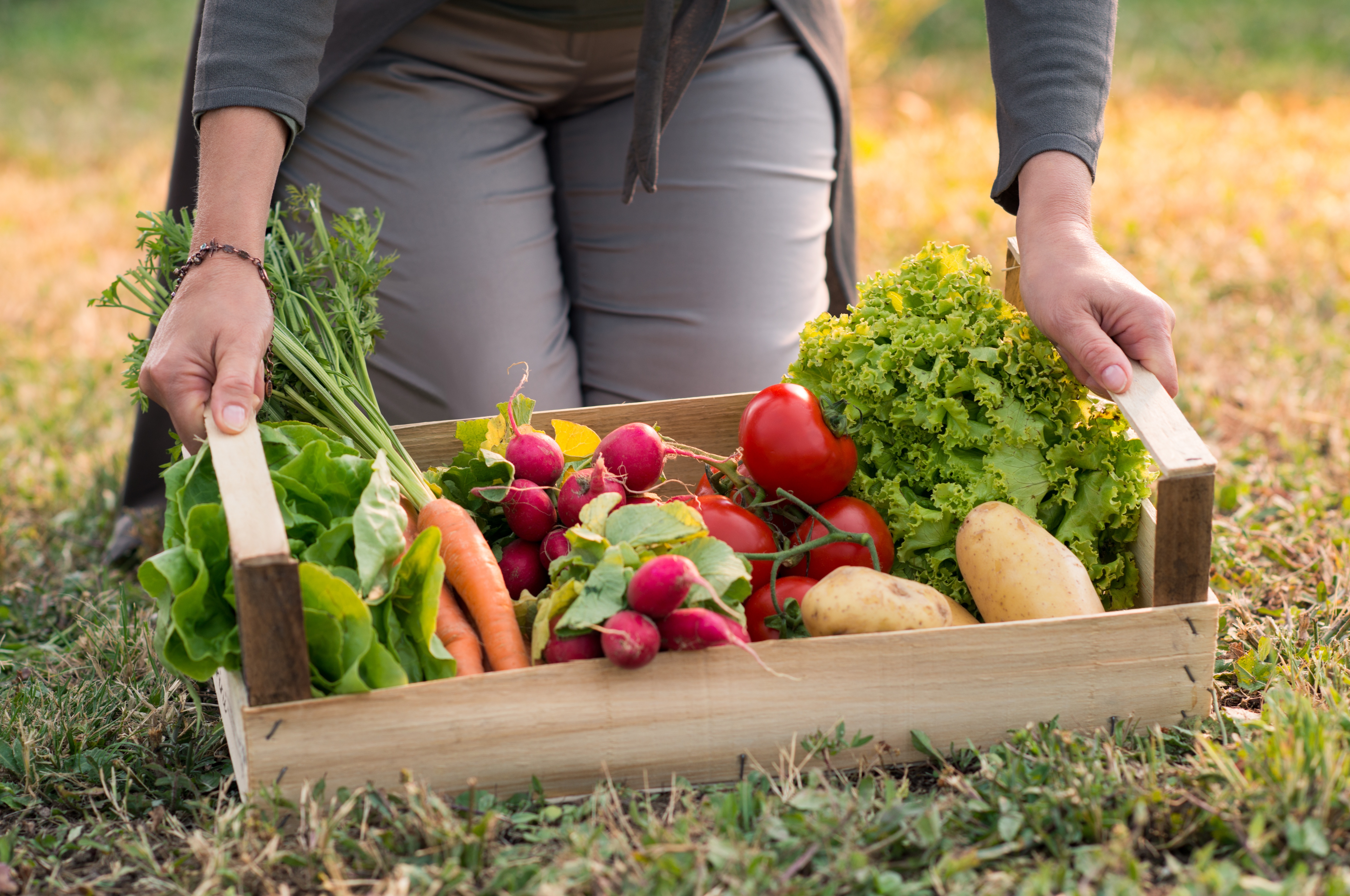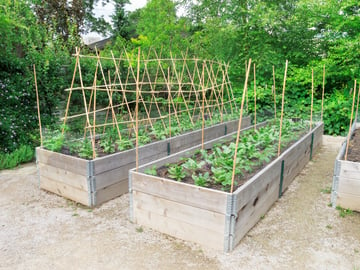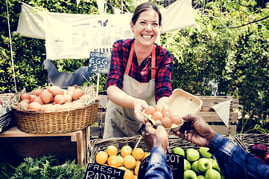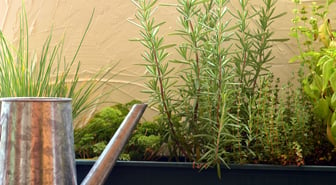Living and working a smallholding is, for many, a lifelong dream. Smallholding expert, Liz Wright, says that it is a privilege but also a great responsibility to steward the land for future generations. In our recent book she explains how one might best start, maintain and grow a smallholding.

What is smallholding?
A ‘smallholding’ is a purposefully productive piece of land that is not as large as a farm. This practice of using small areas of land to farm enough food for a household or a small community has been used for hundred of years but experienced a revival in the early 1800s and is now once again gaining popularity. The focus is not on profiting from your produce but on self-sufficiency.
Growing on Your Land

Growing fruits, vegetables, herbs and potentially rearing livestock is not in any way an overnight process. Before a single seed is planted you need to understand the soil you are planting in! All soils have their advantages and disadvantages, and you have to learn to work with them to get the best from them and to give something back to them in the form of organic fertilizer or manure. Silt soil is fertile and light but does not stand up well to rearing livestock. Chalky soil, on the other hand, stands up well to rearing livestock but is not particularly fertile. Learning about your soil can be the key to best utilising your smallholdings capabilities. If you want to grow something specific but don’t think you have the right kind of soil there can be ways around your problem. Using raised beds or similar concepts like growing containers can be a creative solution to achieving your goals or utilising difficult spaces.
Reaping your Rewards
Making your smallholding work for you all year round is central to reaping the full benefits of your land. Learning to rotate crops throughout the seasons will help this but you still may be left with the “hungry gap” in late spring. This is where other practices like pickling, bottling and freezing can be utilised. You can also use equipment like polytunnels or greenhouses. These not only protect your crops but can allow better growing conditions as well. Learning about
Taking Things Further
If you find that you are producing more than you need to be self sufficient then you may be interested in selling a portion of your produce. Learning how and where to sell produce can be confusing but can be broken down in to quite easy steps. Once you have an understanding of what produce you have to sell, you can start to think about how to sell it. Some strategic thinking before taking your wares to market can boost the amount of reward you can expect.

>Evaluate your market: Will it be local, at a market or delivered to further afield?
>How will you let people know about your products? This depends on your market, whether it is local, regional or countrywide.
>How much can you spend on marketing? Will it all be via social media and Facebook, or do you need to print leaflets to give out at market? Do you need to advertise in a magazine or newspaper?
>How will you present your products? Looks count for a lot, so give careful consideration to your packaging. It can be very simple but needs to be effective and eye-catching.
Smallholding can go from a small part of your life to providing for your household in more than just produce. Learning how to grow your smallholding into a business or expand your smallholding by buying more land can be scary but one of the best things about the smallholding community is just that, the sense of community. There are people that have gone from tiny plots all the way to full scale farms and people in the community are generally willing to help in answering questions or sharing advice from their experiences.
Urban Smallholdings
Smallholding is not exclusively a countryside affair, smallholding is getting increasingly accessible to those in urban areas. There’s no need to wait for a plot of land in the countryside, many towns and cities having plots of land where you can go and take up smallholding (although some may have rather long waiting lists). People are now making even the smallest gardens into fruitful plots (literally)! Even if you begin with just a window box of herbs it’s a start!

This post is based off extracts from our book Create and Maintain Your Own Smallholding by Liz Wright (ISBN: 9781786647726). This title is part of our Digging and Planting series which is packed with tonnes of expert advice. You can order it from our website here or on Amazon here.



